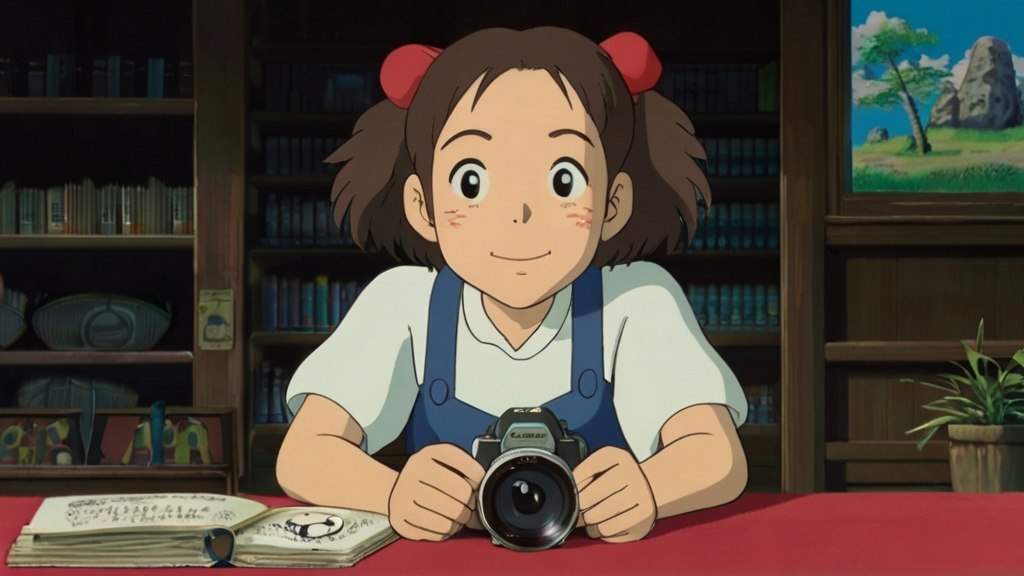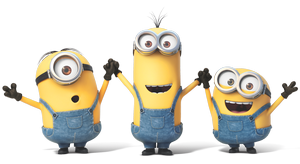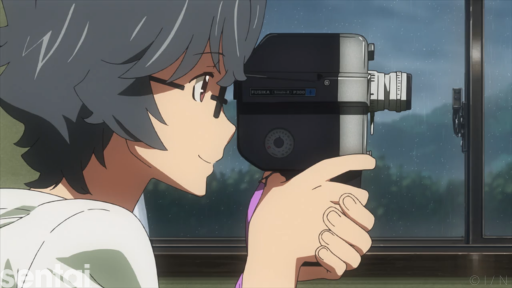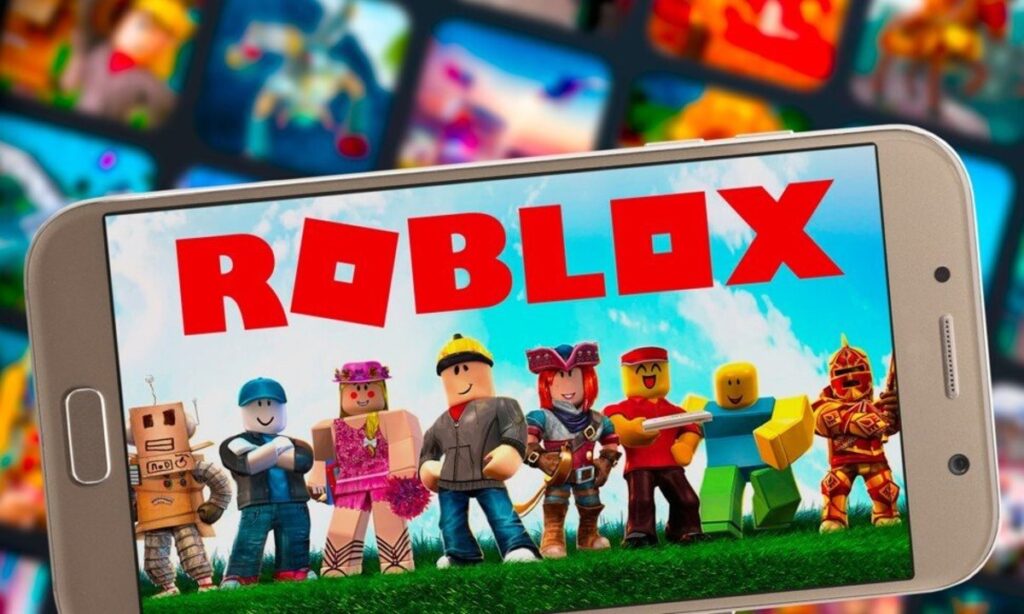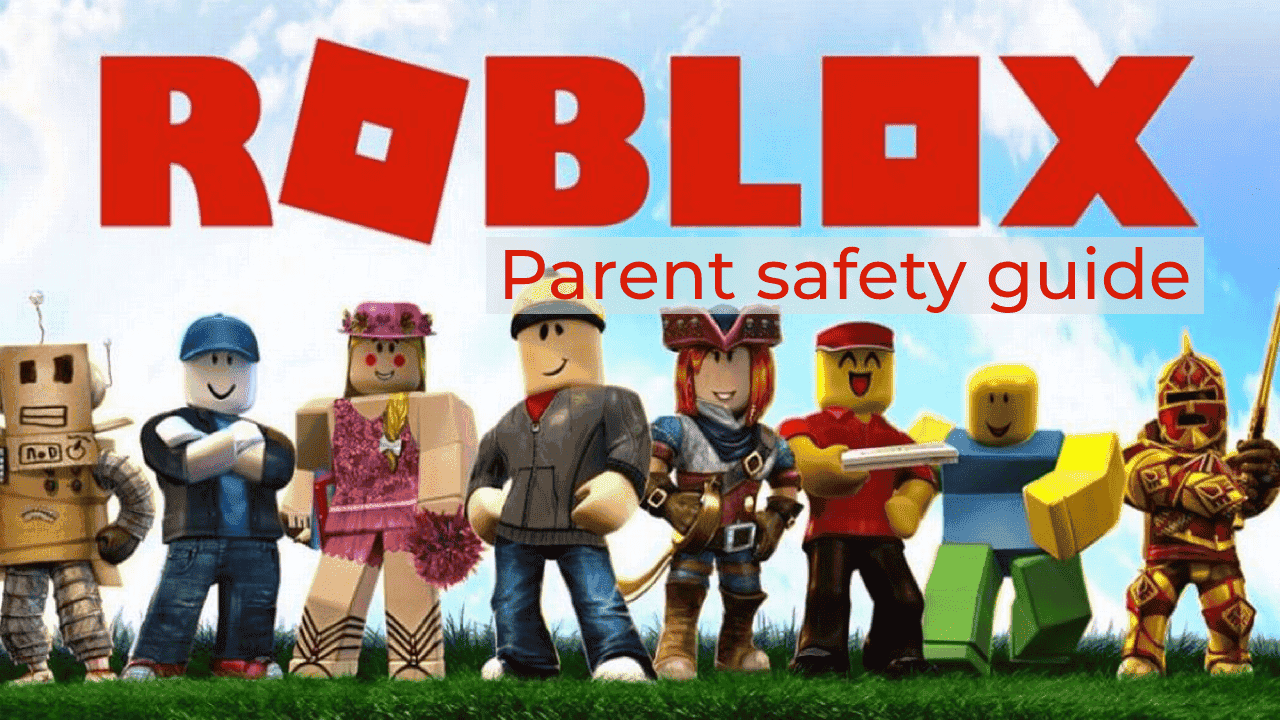Imagine a world where ancient forests teem with life, towering mountains pierce the clouds, and spirits roam unseen. This is the breathtaking world of Hayao Miyazaki’s Princess Mononoke, a Studio Ghibli film that continues to captivate audiences worldwide. But what breathes life into these stunning landscapes, making them feel tangible and alive? The answer lies in a time-tested animation technique: the multiplane camera.
A Glimpse into the Multiplane Camera
The multiplane camera, a marvel of cinematic engineering, was developed in the early days of animation. Imagine a giant camera stand with several levels, each holding a separate cel (a transparent sheet with a hand-drawn image). By moving these cells independently at different speeds and depths, animators could create a stunning illusion of three-dimensionality.
A Historical Legacy: From Disney to Ghibli
The multiplane camera played a pivotal role in the golden age of animation. Studios like Walt Disney Pictures used it to create iconic films like Snow White and the Seven Dwarfs and Fantasia, imbuing them with depth and realism that captivated audiences. As animation technology evolved, the multiplane camera fell out of favor, replaced by more efficient digital techniques. However, Studio Ghibli, a renowned Japanese animation house led by the visionary Hayao Miyazaki, remained committed to preserving this traditional method.
Studio Ghibli’s Embrace of Tradition
In an era dominated by computer-generated imagery (CGI), Studio Ghibli stands out for its dedication to hand-drawn animation. This approach allows for a level of detail, expression, and artistry that can be difficult to achieve with CGI. The multiplane camera becomes an extension of this philosophy, allowing animators to create a depth of field and a sense of physical space that enhances the storytelling.
Preserving the Artist’s Touch in a Digital Age
While the multiplane camera is a mechanical device, its true magic lies in the hands of the artists who wield it. Each cell, meticulously hand-drawn, breathes life into the landscapes. The subtle variations in pressure applied to the drawing pencils create depth and texture. The layering of these cells allows for selective focus, mimicking how our eyes naturally perceive the world. In a world increasingly reliant on digital shortcuts, Studio Ghibli’s commitment to the multiplane camera ensures that the human touch remains at the heart of the animation process.
The Magic of Hand-Drawn Animation
Princess Mononoke (1997). pic.twitter.com/YvT3iWE7Bg
— Studio Ghibli Pictures (@ghiblipicture) March 10, 2024
The beauty of hand-drawn animation lies in its inherent imperfections. Unlike the sterile perfection of CGI, these imperfections – a slightly wobbly line a subtle variation in color – imbue the animation with a sense of warmth and soul. When combined with this artistry, the multiplane camera elevates these landscapes beyond mere backdrops. They become living, breathing characters, silently participating in the narrative.
Building Depth in Princess Mononoke
Let’s delve deeper into how Studio Ghibli harnessed the multiplane camera to create the awe-inspiring world of Princess Mononoke.
Layering the World: Foregrounds, Midgrounds, and Backgrounds
The multiplane camera separates an image into multiple planes: foreground, midground, and background. In Princess Mononoke, the foreground might depict lush ferns swaying in the breeze, the midground could showcase a rushing river, and the background might feature towering mountains shrouded in mist. By moving these planes independently, animators create a parallax effect, making closer objects appear to move faster and enhancing depth perception.

Creating a Sense of Scale: From Lush Forests to Soaring Mountains
The film’s vast landscapes benefit tremendously from the multiplane camera, from the dense expanse of the ancient forest to the imposing peaks of the mountains. By layering multiple cel paintings at different depths, the animators create a sense of scale that is difficult to achieve with traditional animation techniques. The towering trees appear to dwarf the human characters, emphasizing the immensity and power of nature.
Enhancing Realism with Movement
The multiplane camera isn’t just about creating depth; it’s also about bringing the world to life.
Selective Animation: Breathing Life into Specific Elements
One of the key advantages of the multiplane camera is the ability to animate specific elements within a scene selectively. Imagine a vast forest teeming with life. While background trees stay still, animators use the multiplane camera to animate foreground elements. This selective animation adds a layer of realism and dynamism to the landscapes, making them feel truly alive.
The Illusion of Depth Through Parallax Scrolling
When combined with panning shots, the multiplane camera creates the illusion of depth through parallax scrolling. As the camera pans across a scene, the planes move at varying speeds, creating a sense of movement within the landscape. Imagine a scene where Ashitaka, the film’s protagonist, rides through the forest. The foreground trees might blur past quickly, while the mountains in the background move slower. This technique effectively replicates how our eyes perceive movement in the real world, further enhancing the animation’s realism.
Emotional Storytelling Through Multiplane
The multiplane camera isn’t merely a technical tool; it becomes a storytelling device in the hands of skilled animators.
Setting the Mood: From Tranquil Beauty to Ominous Darkness
The layering capabilities of the multiplane camera allow for the creation of distinct moods and atmospheres. In scenes depicting the serene beauty of the forest, the animators might use soft colors and gentle movements in the foreground and background planes. Conversely, scenes portraying industrialization’s destructive force might use harsh colors, sharp foreground movements (like smoke and flames), and a static, ominous background (depicting encroaching deforestation).
Highlighting the Characters’ Connection to the Environment
The multiplane camera emphasizes the characters’ connection to the natural world. By placing the characters within the layered landscapes, the animators visually connect them to their surroundings. A character standing amidst towering trees appears dwarfed by nature’s power, while a character bathed in the warm glow of the forest floor feels a sense of harmony with the environment.
Beyond Princess Mononoke: The Multiplane Camera’s Legacy
Studio Ghibli’s mastery of the multiplane camera extends beyond Princess Mononoke. Films like My Neighbor Totoro and Spirited Away also benefit from this technique, creating worlds that feel both fantastical and grounded in reality.
Preserving a Pioneering Technique
In a world dominated by CGI, Studio Ghibli’s continued use of the multiplane camera serves as a testament to the enduring power of traditional animation techniques. Hand-drawn animation’s artistry and detail create resonant worlds for audiences.
Supersaga: Empowering Animators in the Digital Age
While Studio Ghibli technical expertise is at the forefront of animation, creating captivating visuals is no longer the sole domain of industry giants. Beginner animators and enthusiasts can now explore the world of 3D animation with user-friendly tools like Supersaga.
Supersaga empowers users to create stunning animations without requiring extensive knowledge of complex 3D software. Its intuitive interface and vast asset library, encompassing customizable characters, scenes, and props, streamline the animation process. Users can further enhance their projects by incorporating sound effects, music, and voice-overs, bringing their creative visions to life.
Supersaga’s commitment to user experience extends beyond its user-friendly design. Their website and blog offer valuable resources and tutorials, while the Alpha playtest version downloadable through their Discord channel provides hands-on experience with the software. This open approach fosters a community of creators and empowers aspiring animators to embark on their own journeys of visual storytelling.
The Future of Animation: A Blend of Tradition and Technology
While Studio Ghibli champions traditional animation, they also recognize the potential of digital tools. Modern films like The Wind Rises incorporate some CGI elements seamlessly alongside the hand-drawn animation. This approach allows them to maintain their signature style while benefiting from the efficiency and flexibility of digital technology. The future of animation combines traditional methods like the multiplane camera with CGI for more immersive experiences.
Conclusion
Studio Ghibli’s masterful use of the multiplane camera in Princess Mononoke elevates the film’s landscapes from mere backdrops to living, breathing characters. By creating a sense of depth, realism, and emotional resonance, the multiplane camera enhances the storytelling and draws viewers deeper into the film’s world. While technology continues to evolve in the animation industry, Studio Ghibli’s dedication to this traditional technique serves as a valuable reminder of the timeless power of artistry and human touch in creating truly magical experiences.

